Mat Pilates promises to deliver studio-worthy results from home - 7 ways to make it seriously effective, from top trainers
We like the sound of this one.

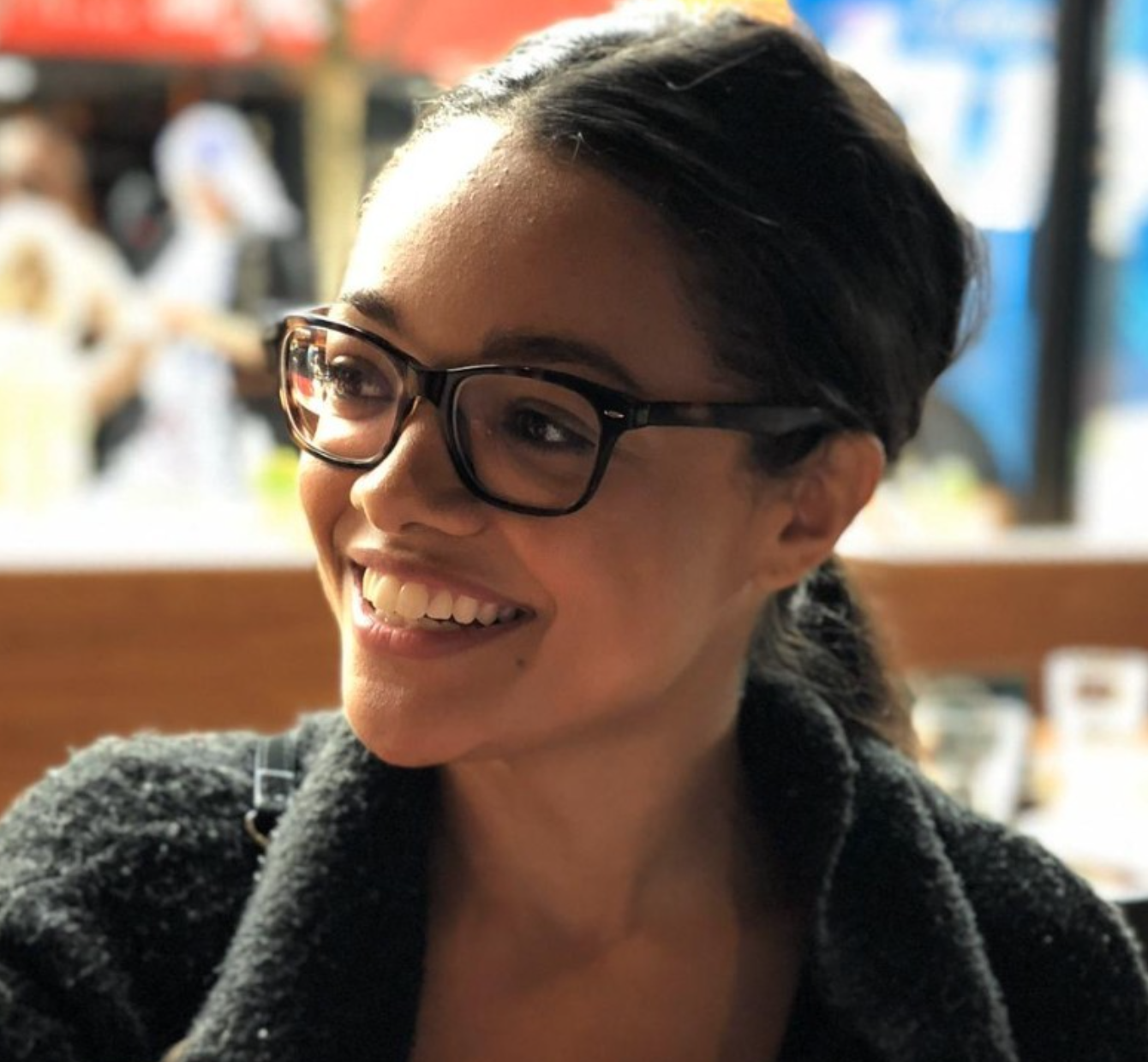
At first glance, Reformer Pilates or Wall Pilates might take the crown for the fanciest-looking or the most intriguing take on this type of low-impact fitness method. However, after speaking to experts, there’s a strong case for mat Pilates scooping the top spot for the most accessible - and arguably most effective - iteration you can do at home.
A bold statement, I know. But requiring just your body weight and enough space to roll out an exercise mat, this floor-based practice is bursting with benefits. “Mat Pilates helps build a strong, balanced body with an emphasis on precision and control in movement,” Rebecca Dadoun, Pilates instructor, lower back pain practitioner and founder of Pilates Prescription explains. “The practice focuses on restoring the body’s balance, strengthening muscles—particularly the core—improving posture, and moving with control,” Dadoun adds.
Developed by Joseph Pilates in the early 20th century, mat Pilates was originally known as contrology. But fast forward to 2024 and it's made a name for itself with countless studies, like this article published in the Journal of Dance Education, and this randomised controlled trial published in The Journal of Bodywork and Movement Therapies, detailing its effectiveness.
Of course, there's nothing quite like heading to an in-person Pilates class. You've got the solid expertise of instructors, the buzz of a studio atmosphere and the motivation of like-minded Pilates fans to get you through the session. But on the days when you're low on time, money or motivation, or you just fancy completing a workout at home, mat Pilates delivers every time. So, to help reap the seemingly never-ending list of benefits this type of Pilates can bring, we've asked pros how to get the most out of your mat-based practice at home. And while you're here, don't miss our guides on Pilates for beginners, the best Pilates exercises for beginners and bookmark the best Pilates YouTube workouts to stream and try later.
Mat Pilates is one of the most effective at-home workouts you can do — your guide
What is mat Pilates?
In a sentence: Mat Pilates is the art of practising Pilates on an exercise mat.
“These movements are performed on a mat and no other equipment is needed aside from the body,” confirms Claire Pestaille, who is a Pilates instructor at Barrecore, which, just this month, launched its range of Mat Pilates classes after seeing a growing demand for the practice.
If you're a Pilates newbie, you might be wondering where to start. But wonder no more. According to Dadoun, Mat Pilates is an “essential starting point” as it builds a strong foundation in proper form and technique. “Even exercises labelled as ‘beginner’ can become advanced when performed with precision and intention,” she notes.
Marie Claire Newsletter
Celebrity news, beauty, fashion advice, and fascinating features, delivered straight to your inbox!
“As your form improves over time, the effectiveness of each move—whether beginner or advanced—increases significantly, leading to better strength, control, and overall body awareness,” Dadoun adds. “And it’s this gradual progression that makes Mat Pilates such a powerful practice; it evolves with you, becoming more challenging and rewarding as your skills develop.”
@bysandylin ♬ original sound - sivi౨ৎ
What are the benefits of mat Pilates?
There’s a reason why everyone’s shoulder bridging, doing single leg circles or perfecting the The Hundred exercise — Pilates works. Summing the benefits up, Pestaille says: “Pilates helps to improve strength, stability, flexibility, endurance and balance whilst also increasing concentration and body awareness." And there are multiple studies to back these advantages up.
For starters, a 2016 study found completing a 60-minute Pilates class once a week for ten weeks can result in improvements in abdominal muscle strength, muscle mass, flexibility and balance. Plus, a more recent 2024 12-week study, found that practising Pilates for 60 minutes three times a week could "significantly" decrease blood pressure and boost blood flow.
Not to mention another study published in The Journal of Bodywork and Movement Therapies, which found that two to three one-hour Pilates sessions a week for 12 weeks can result in an increase in abdominal strength and better hip and shoulder joint mobility.
But there’s more! “Mat Pilates is both therapeutic and preventative, offering a range of benefits for overall health and wellbeing,” Dadoun adds. “It increases core strength and improves posture, which helps in both injury recovery and prevention, particularly for managing musculoskeletal conditions like lower back pain."
Is mat Pilates a good workout?
Provided you're following the correct form and going at a pace that suits you. and you're body, Mat Pilates can be a great workout.
“Mat Pilates continuously engages the entire body, even when focusing on specific muscle groups,” Dadoun says. “For example, a glute exercise performed on all fours not only targets the glutes for leg lifting, but also involves the shoulders for body stabilisation and the core to prevent lower back arching. This full-body integration is a hallmark of Pilates, offering a balanced workout that strengthens and tones multiple areas at once.”
Additionally, your Pilates practice never has to plateau. Once you’re ready to take things up a notch, you can do so through the use of props like Pilates rings, balls, or resistance bands which can provide extra support or increase difficulty.
@lilliates ♬ U RIGHT X LUXURIOUS - BABY Q
7 top tips for making the most out of a mat Pilates class
If you’re keen to try out Mat Pilates for yourself, there are a few factors well worth taking into consideration to help you make the most of your class. According to Pilates pros, this includes:
1. Taking in-person classes
That way, you can learn the basics, breathing techniques and receive hands-on feedback. The class can also be personalised to your needs.
Nowadays, a handful of Pilates studios offer a free trial or introductory offers with money off the RRP. So if time and budget allow, it’s well worth taking a group or private class to nail the basics, ask any queries and above all, feel confident in your practice.
2. Making any injuries known
Most in-person Pilates classes start with the same question: “Does anyone have any injuries?”. This isn’t so the Pilates instructor can single you out. It’s so they can offer modifications.
If you are working through an injury, do speak to a professional like a GP or physio before getting stuck in. And as Pestaille says: “If you’re new to Pilates or have any injuries, always inform the teacher before the class so they can offer modifications.”
3. Stopping if you need to
“Take your time with the exercises, be patient with yourself and listen to your body,” Pestaille says. “It’s ok to stop and rest if needed,” the expert adds.
@carolinecitelli ♬ pastel skies - Rook1e
4. Breathing
Pilates is a mind-body practice. So, as Dadoun says: “Start with knowing how to breathe correctly including how to breathe into your core, stabilise the body using your breath and move with your breathing pattern.”
5. Focusing on alignment
“Know your neutral starting positions,” Dadoun says. “Once you’ve got the hang of which parts you want to stabilise while which parts you want to move, you’ll really be flying,” the Pilates instructor says.
6. Slowing it down
“Take it slowly in a couple of ways,” Dadoun says. “Firstly by taking the time to master your technique and form first and secondly by actually moving slowly with your breath.”
Unlike the likes of an AMRAP workout (which stands for as many reps as possible) or a HIIT class, which is all about completing high-intensity moves during short intervals, Pilates focuses on completing slow and controlled movements.
7. Enjoying the process
“Be mindful and kind to yourself while you learn new exercises,” Pestaille adds. "Joseph Pilates said: ‘Patience and persistence are vital qualities in the ultimate successful accomplishment of any worthwhile endeavour.’ So enjoy the process and the journey!".
"I swear by mat Pilates - it makes me feel incredible physically and less stressed"
Sam Parsons, 49, is the owner and senior instructor at Winchester Pilates. Parsons has been practising Pilates for 12 years after using it as a form of rehab following a ‘life-changing moment’. Here she explains how Mat Pilates helped her overcome adversity…
“As a former professional horse rider in my twenties, I later shifted to competitive trail running and Hyrox after having children. I pushed my body to the limit, constantly battling injuries and spending endless hours with physiotherapists and sports therapists."
“Twelve years ago, a life-changing moment came when I broke my back while training a young horse. Despite this, I rushed back to competitive sports, only to be warned by my physiotherapist that if I continued this path, I might end up in a wheelchair. That’s when my physiotherapist suggested I try Mat Pilates. Honestly, I was sceptical. I thought it was for older women and wouldn’t provide the challenge I needed. But after just one class, I was astonished by how connected, mobile, and tall I felt."
“Inspired by Joseph Pilates’ words, “In 10 sessions you feel the difference, in 20 you will see the difference, and in 30 you will have a whole new body,” I committed to 30 sessions, three times a week. To my surprise, I fell in love with Mat Pilates. Not only did I feel incredible physically, but it also reduced my stress and improved my performance in competitions."
“One of the greatest things about Mat Pilates is its accessibility. All you need is a mat, making it easy to practice at home, in a studio, or even in a village hall. Mat Pilates is not only affordable but also one of the safest forms of exercise available. It complements any other physical activity, helping you maintain balance and strength in your daily life. Everyone can benefit from the low-impact, full-body conditioning it provides. There’s never been a better time to give it a try!”
Shop MC UK's go-to Pilates kit now:

Comfort is king when you’re perfecting your Pilates practice. And this super soft all-in-one unitard is just the thing to keep your mind on your form and off ill-fitting workout wear. Smoothing, sculpting and coming with a four-way stretch, it's a hard 'yes' from us.
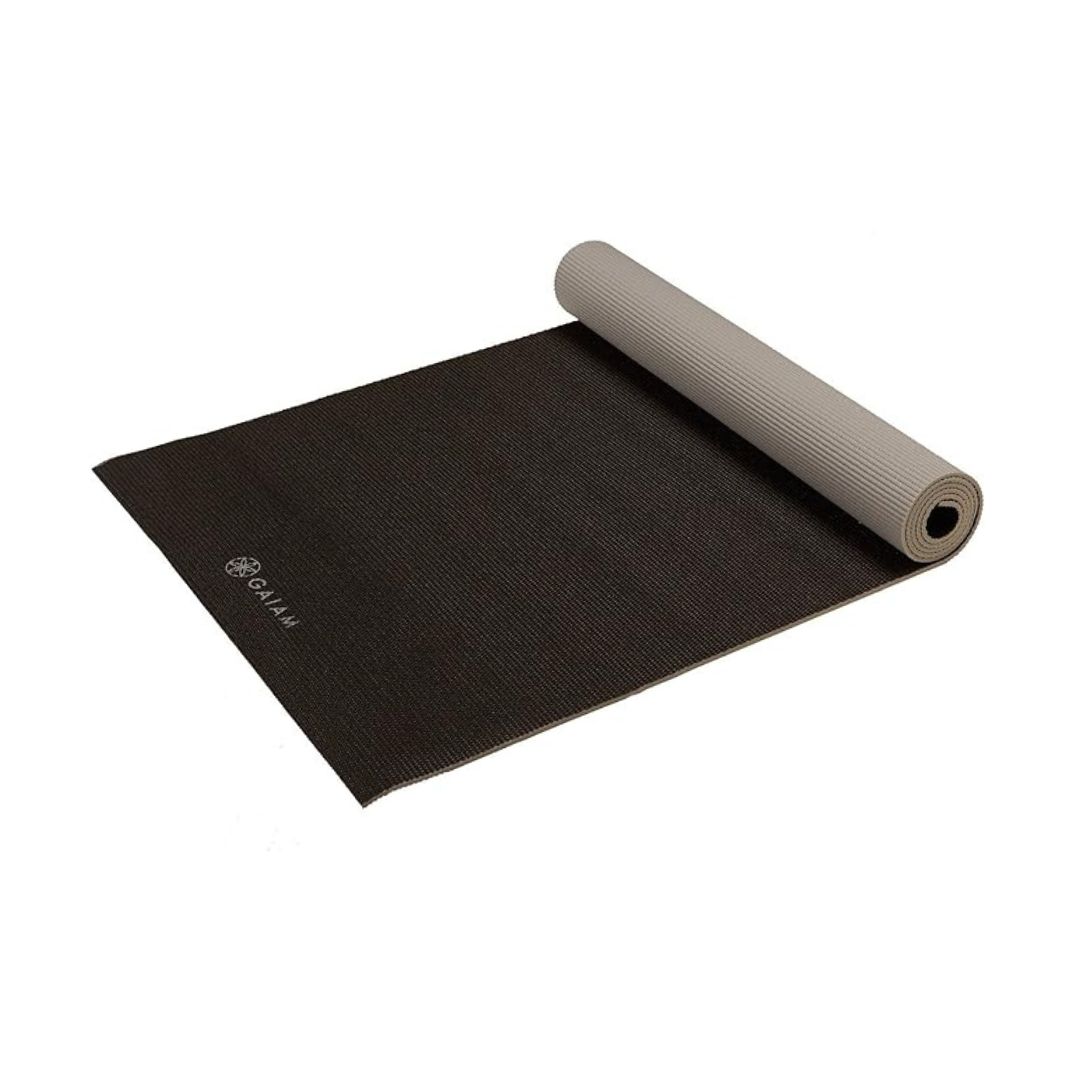
Topping our guide to the best gym mats, the Gaiam yoga mat, which is available in a range of colourways, scooped the crown for the best affordable exercise mat. So if you’re just getting started with Pilates and looking for a mat to cushion your joints, it’s a well-worthy contender.
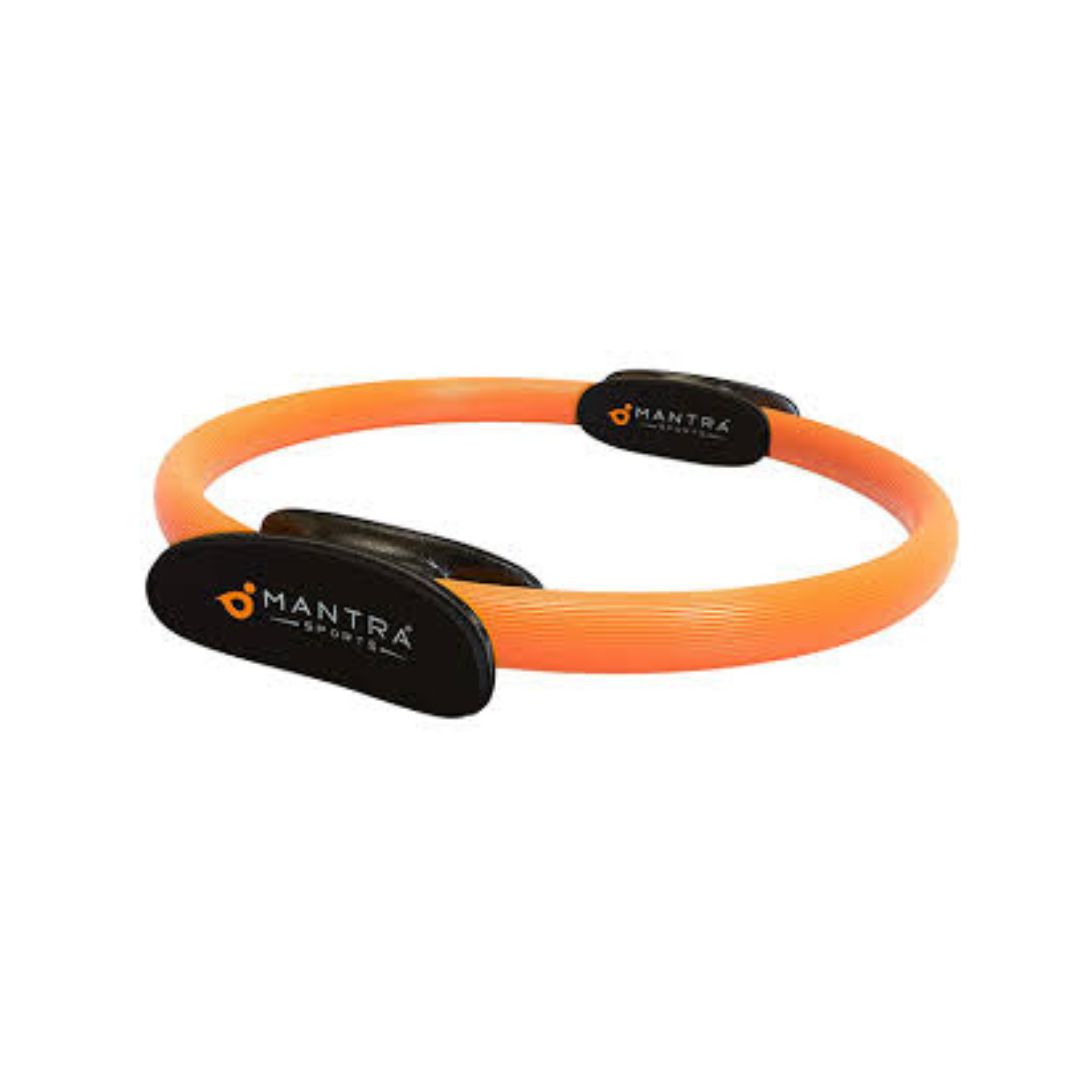
Maybe you’ve been practising Pilates for years, or perhaps 2024 is the year you’ve begun dabbling. Either way, a Pilates ring could be just the thing to dial up the levels of resistance on your mat. Unsure about a ring? You could always try a Pilates bar, Pilates sliders or ankle weights.
Is Pilates harder than yoga?
That all depends on who's doing it. For example, Pilates might be harder for one person, whereas yoga, in all its different forms, might prove more difficult for another.
Essentially, it's all down to the person, their body and its limitations. “If you are extremely mobile, you may find yoga easier as you can access the poses more readily,” Rebecca Dadoun, Pilates Instructor, lower back pain practitioner and founder of Pilates Prescription says. “And in the same way, you may find Pilates harder as it requires more control. Conversely, if you are less mobile, you may find accessing yoga poses more difficult and Pilates easier as it does not require as much flexibility to start and meets you where you are at,” the expert adds.
So the bottom line? Both exercises can challenge your body in different ways.

Rebecca, or Becks, is a freelance journalist with more than ten years of experience in the industry. She specialises in all things health and lifestyle and has written for a number of brands including Women's Health, Stylist, the Evening Standard, Good Housekeeping, The Telegraph, Live Science, Tom's Guide and Fit&Well. Becks also writes copy for a number of brands and small businesses.
When she's not weight training, tracking down the best gym leggings, reading a book or at her desk typing away, you'll find her in the kitchen perfecting a new recipe or bake.
-
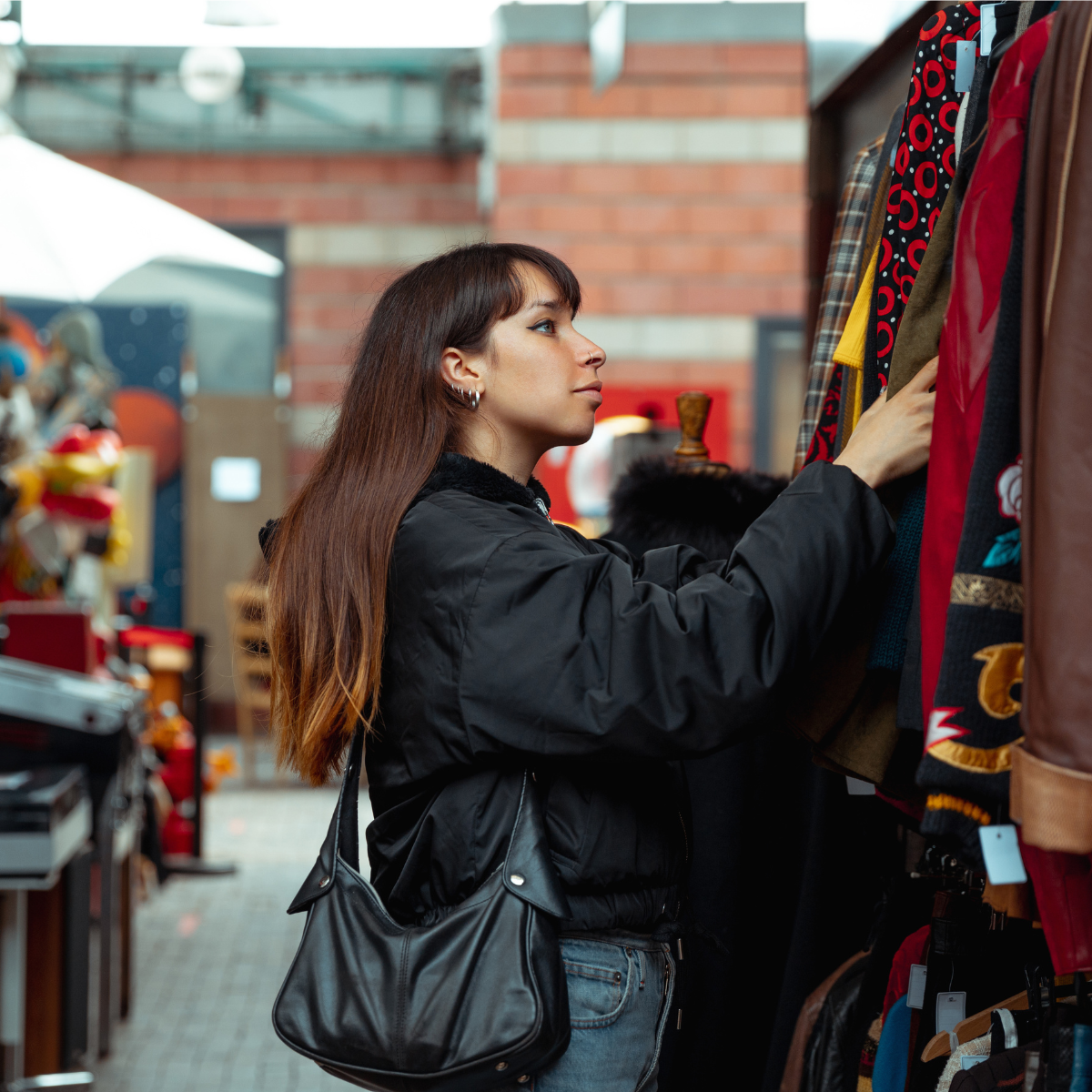 Vintage sales, flower festivals and unique brunches - 7 fun and frivolous things to do this bank holiday
Vintage sales, flower festivals and unique brunches - 7 fun and frivolous things to do this bank holidayBy Jadie Troy-Pryde
-
 How Ben Affleck feels about dating after his divorce from Jennifer Lopez
How Ben Affleck feels about dating after his divorce from Jennifer LopezHe's taking it slow
By Iris Goldsztajn
-
 Dior travels to Kyoto for a cherry blossom-inspired fashion show
Dior travels to Kyoto for a cherry blossom-inspired fashion showHere's everything you need to know
By Clementina Jackson
-
 I tried Pilates roll-downs every day for a week - and was amazed at how quickly it eased years of stiffness
I tried Pilates roll-downs every day for a week - and was amazed at how quickly it eased years of stiffnessConsider my spine more mobile than before.
By Rebecca Shepherd
-
 I tried Pilates scissors, the raved-about Pilates move - and think it's the best combination of stretching and strengthening ever
I tried Pilates scissors, the raved-about Pilates move - and think it's the best combination of stretching and strengthening everTrust me, this one's worth trying.
By Katie Sims
-
 Power walking is the latest trending workout - and it promises to supercharge your health in the simplest way
Power walking is the latest trending workout - and it promises to supercharge your health in the simplest wayKeen to find out more? Step this way...
By Rebecca Shepherd
-
 Eager to build a strong, stable core from home? 7 advanced Pilates core exercises that coaches do themselves
Eager to build a strong, stable core from home? 7 advanced Pilates core exercises that coaches do themselvesStability, strength *and* control? It's a yes from us.
By Anna Bartter
-
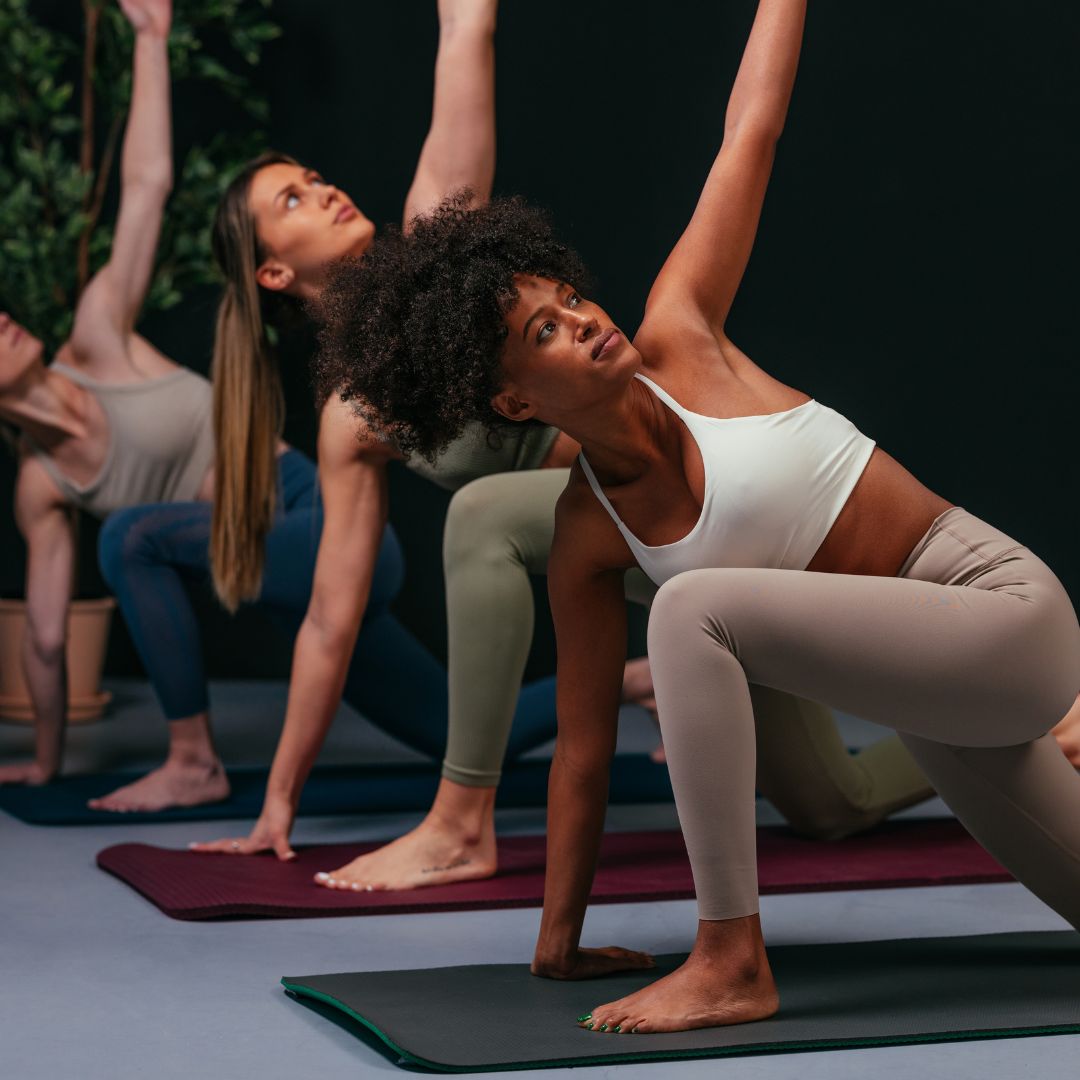 Classical Pilates is raved about worldwide as the most effective type of Pilates you can do - 8 exercises that instructors recommend
Classical Pilates is raved about worldwide as the most effective type of Pilates you can do - 8 exercises that instructors recommendTried, tested and trusted moves.
By Katie Sims
-
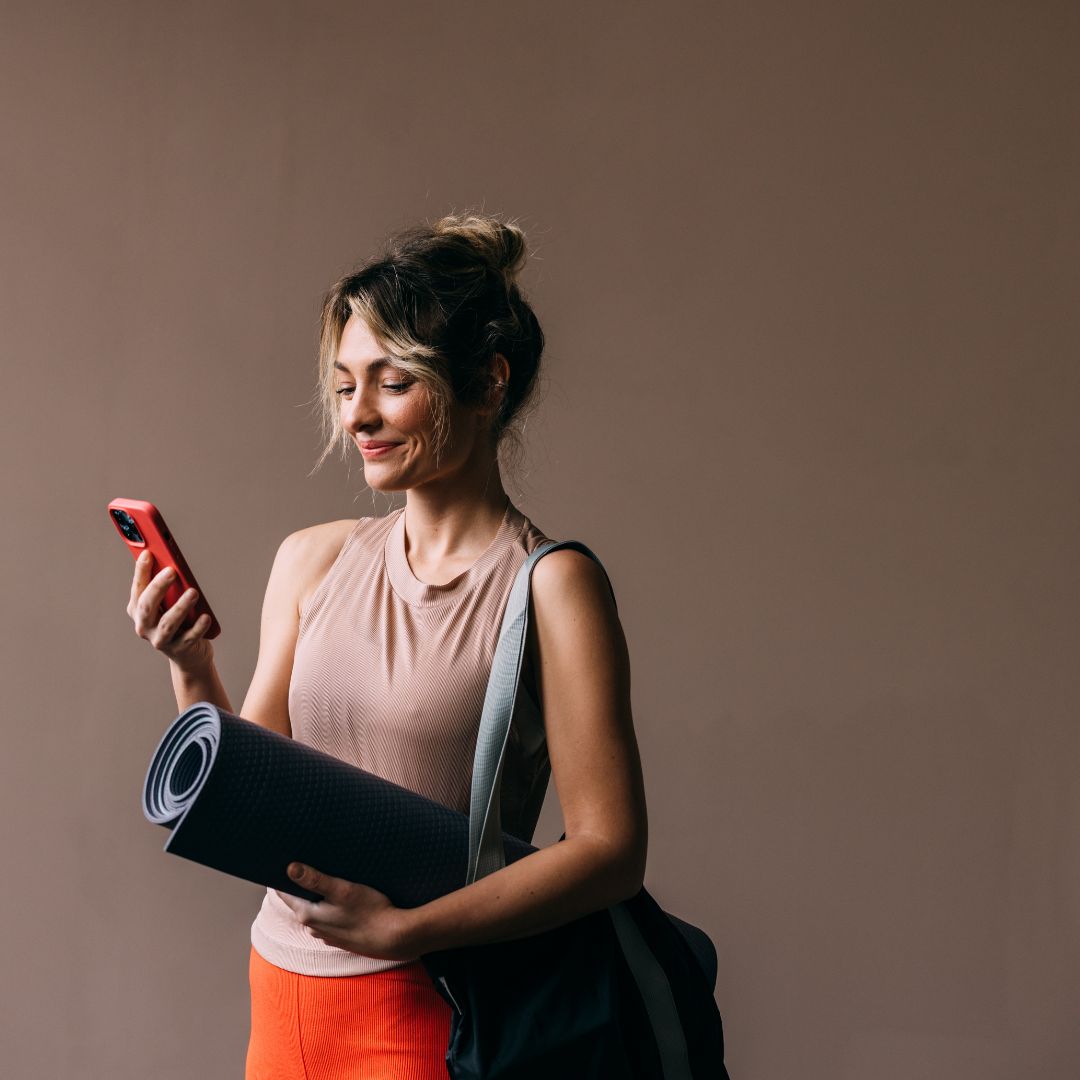 Fan of low-impact sessions? These are officially the 7 best Pilates apps for boosting strength, tone and mood
Fan of low-impact sessions? These are officially the 7 best Pilates apps for boosting strength, tone and moodYou can thank us later.
By Katie Sims
-
 I tried STOTT Pilates at home every day for a week - and I've fallen for the trending workout hook, line and sinker
I tried STOTT Pilates at home every day for a week - and I've fallen for the trending workout hook, line and sinkerYou'll want to give this one a go.
By Katie Sims
-
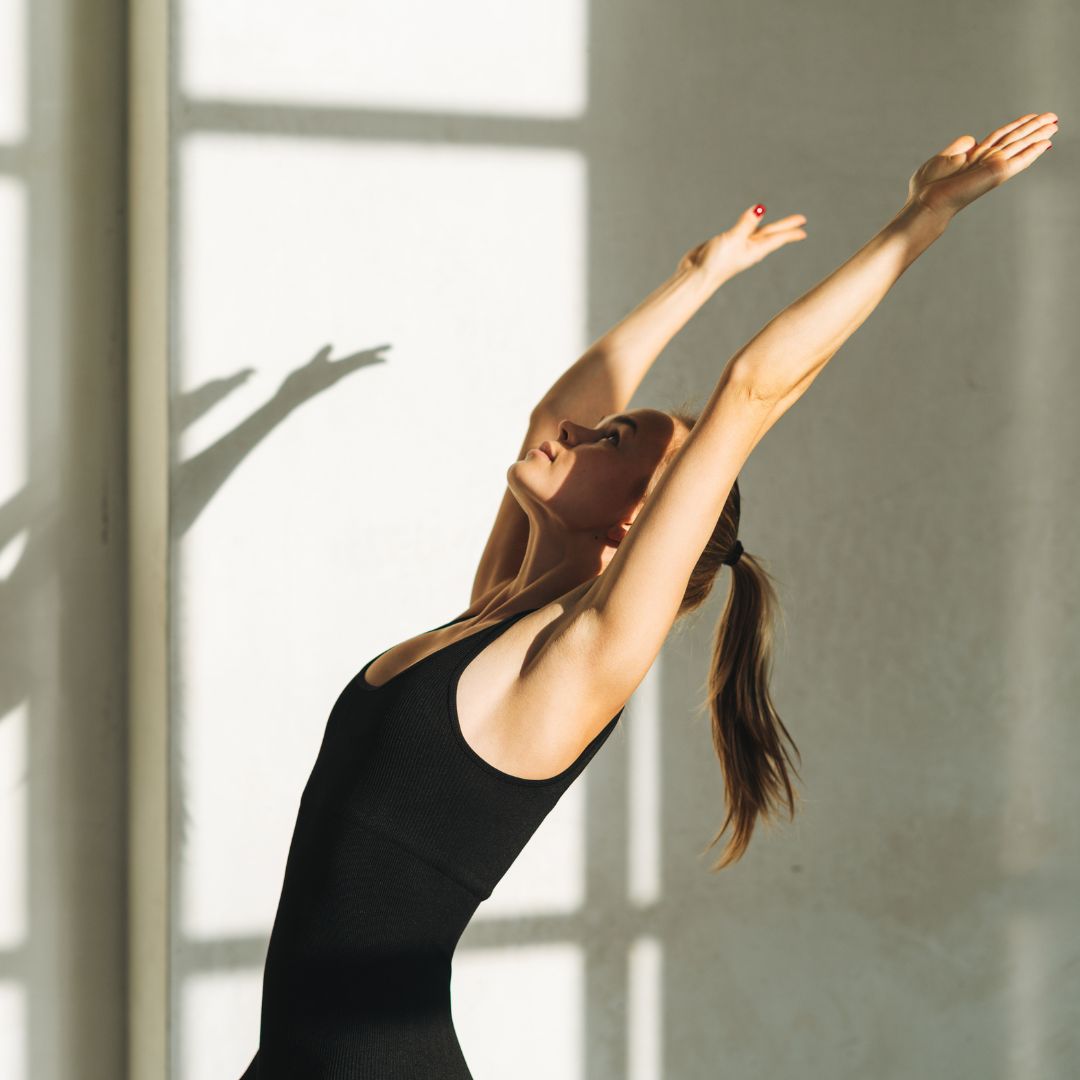 Keen to get Reformer results without the hefty price tag? 5 best Pilates boards to upgrade your home workouts
Keen to get Reformer results without the hefty price tag? 5 best Pilates boards to upgrade your home workoutsThey're great for small spaces, too.
By Amelia Yeomans